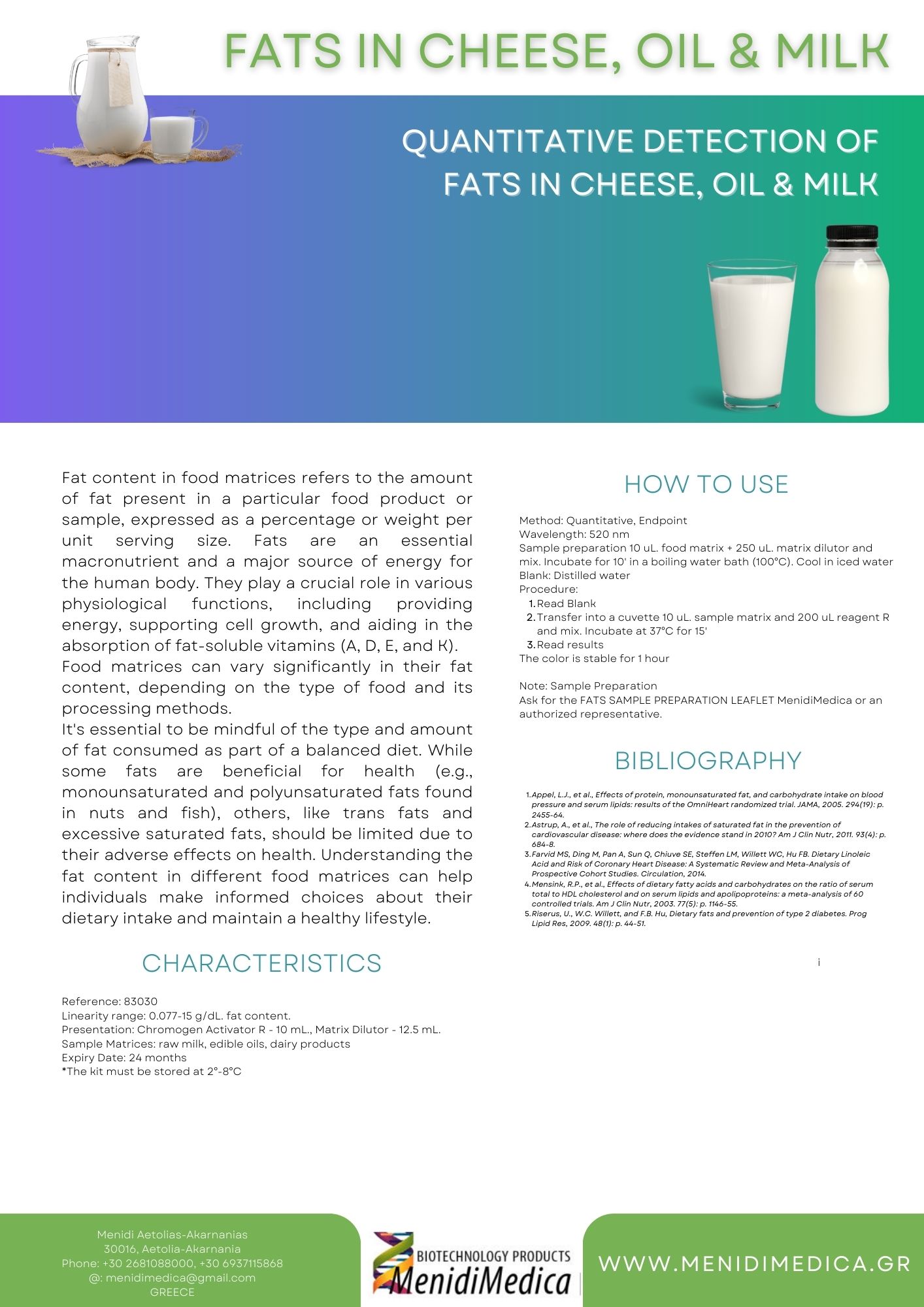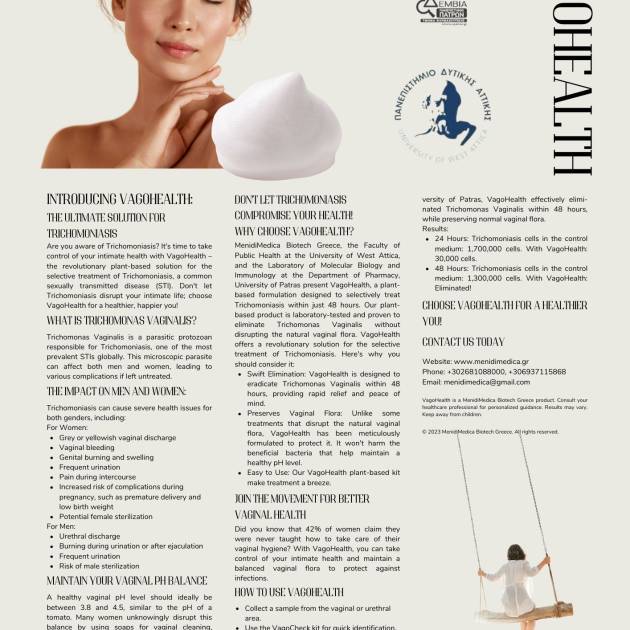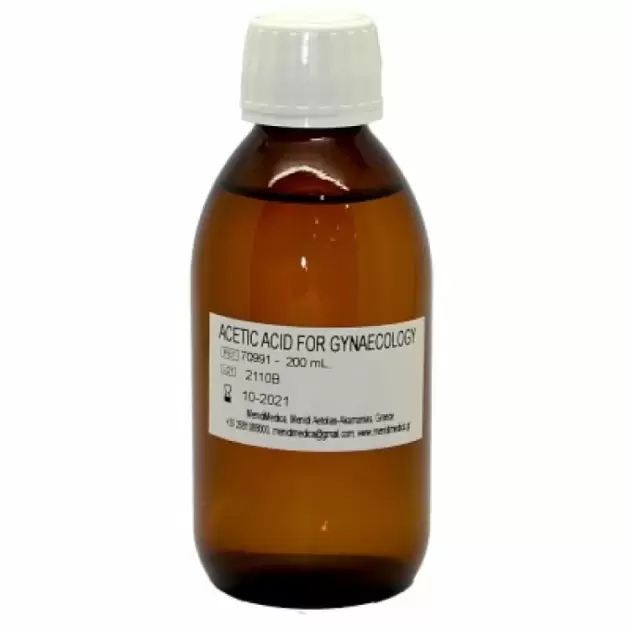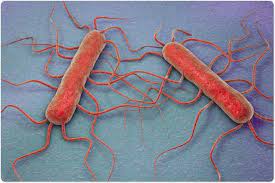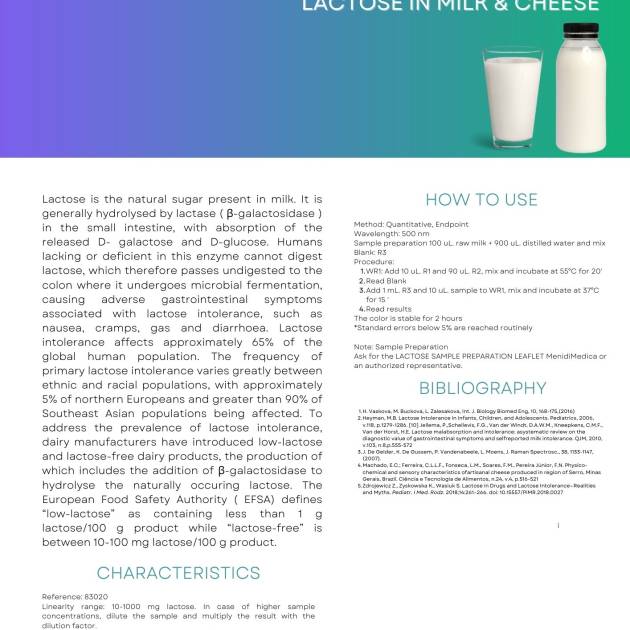Description
QUANTITATIVE DETECTION OF FATS IN CHEESE, OIL & MILK
Fat content in food matrices refers to the amount of fat present in a particular food product or sample, expressed as a percentage or weight per unit serving size. Fats are an essential macronutrient and a major source of energy for
the human body. They play a crucial role in various
physiological functions, including providing energy, supporting cell growth, and aiding in the absorption of fat-soluble vitamins (A, D, E, and K). Food matrices can vary significantly in their fat content, depending on the type of food and its processing methods.
It’s essential to be mindful of the type and amount of fat consumed as part of a balanced diet. While some fats are beneficial for health (e.g., monounsaturated and polyunsaturated fats found in nuts and fish), others, like trans fats and excessive saturated fats, should be limited due to their adverse effects on health. Understanding the fat content in different food matrices can help individuals make informed choices about their dietary intake and maintain a healthy lifestyle.
CHARACTERISTICS
Reference: 83030
Linearity range: 0.077-15 g/dL. fat content.
Presentation: Chromogen Activator R – 10 mL., Matrix Dilutor – 12.5 mL.
Sample Matrices: raw milk, edible oils, dairy products
Expiry Date: 24 months
*The kit must be stored at 2°-8°C
HOW TO USE
Method: Quantitative, Endpoint
Wavelength: 520 nm
Sample preparation 10 uL. food matrix + 250 uL. matrix dilutor and mix. Incubate for 10′ in a boiling water bath (100°C). Cool in iced water
Blank: Distilled water
Procedure:
1. Read Blank
2. Transfer into a cuvette 10 uL. sample matrix and 200 uL reagent R and mix. Incubate at 37°C for 15′
3. Read results
The color is stable for 1 hour
Note: Sample Preparation
Ask for the FATS SAMPLE PREPARATION LEAFLET MenidiMedica or an authorized representative.


